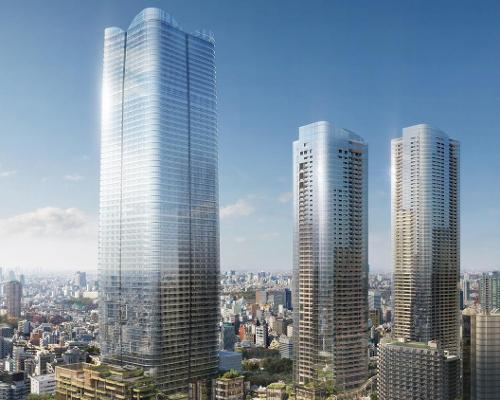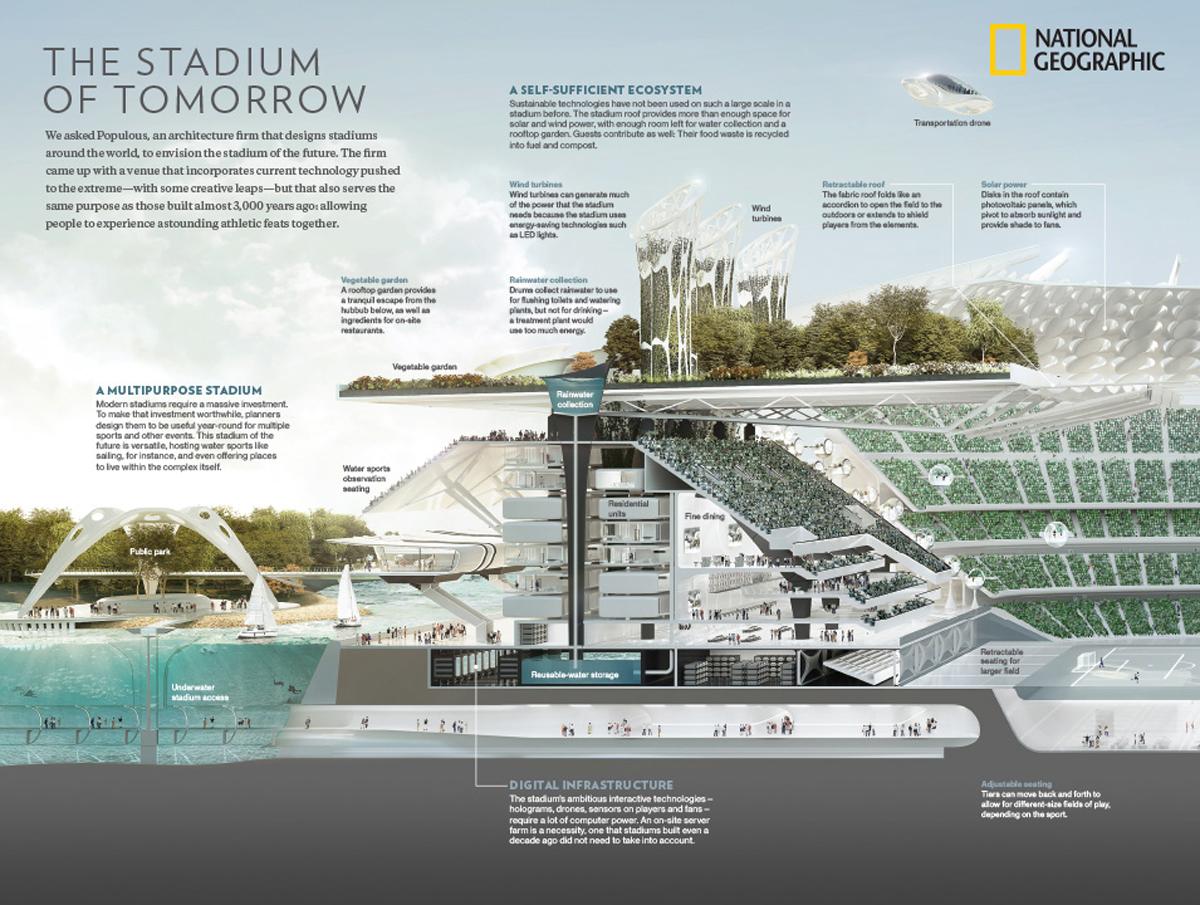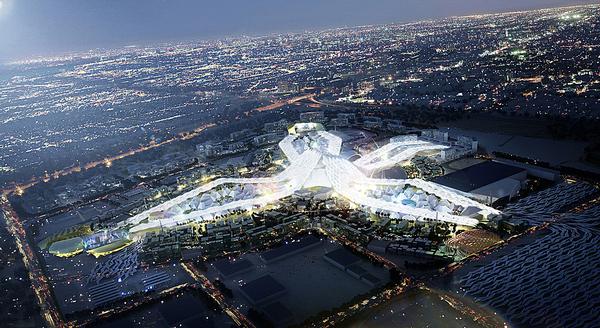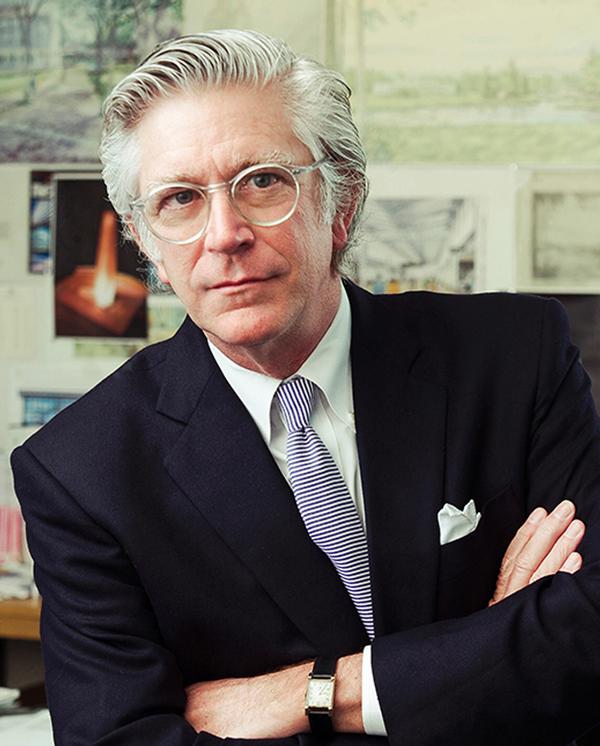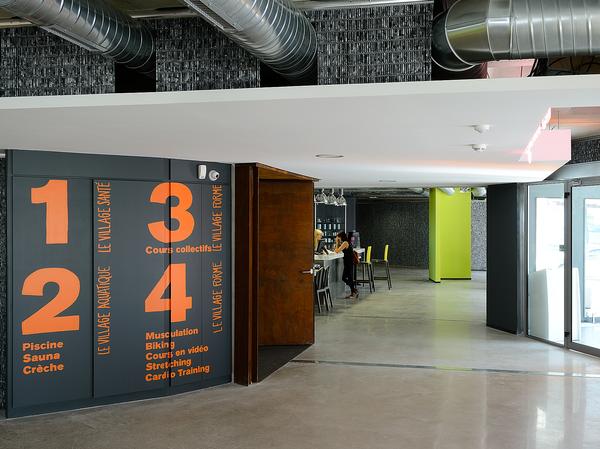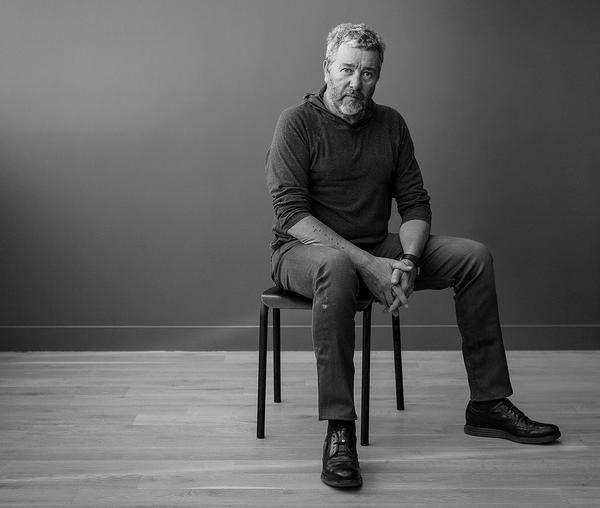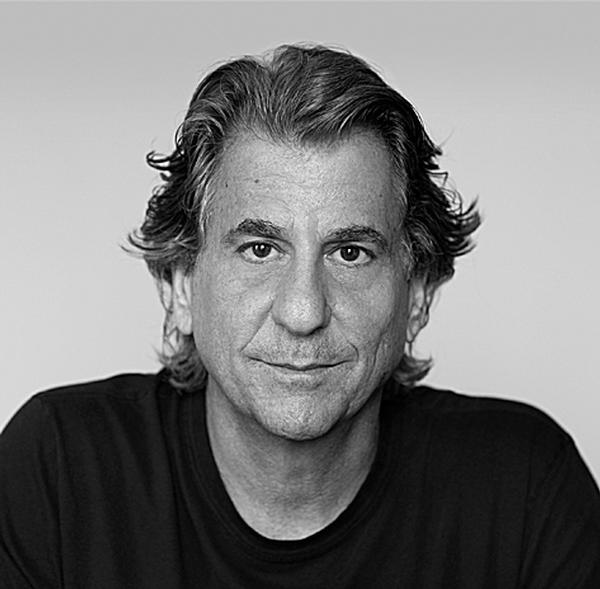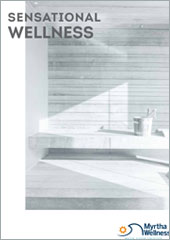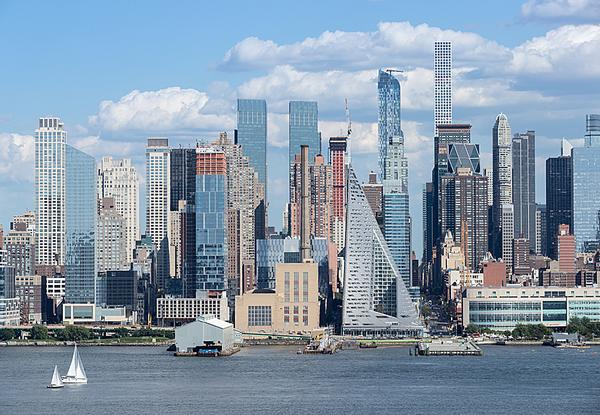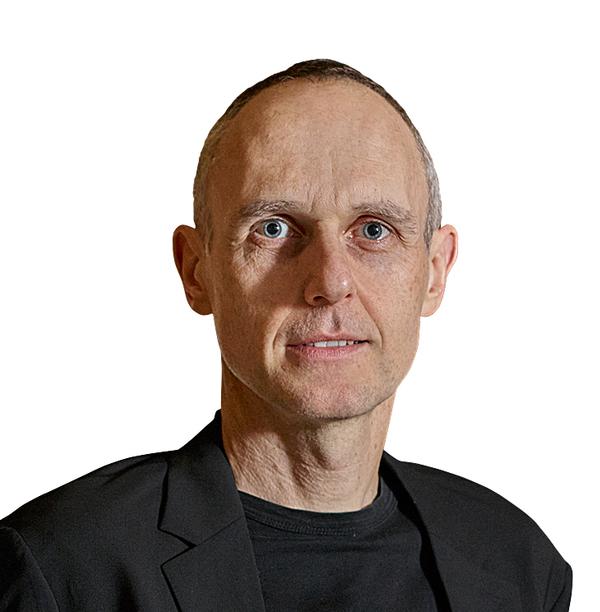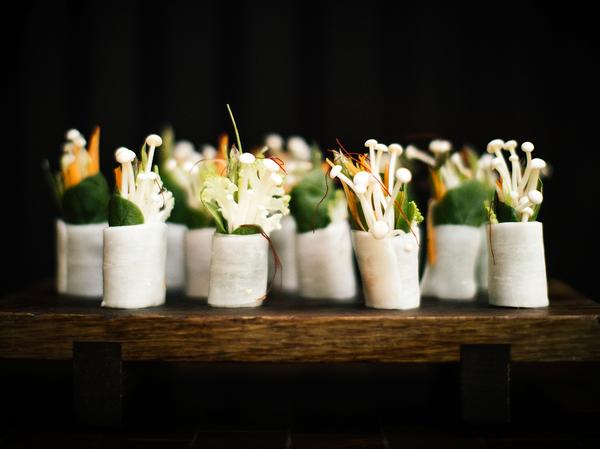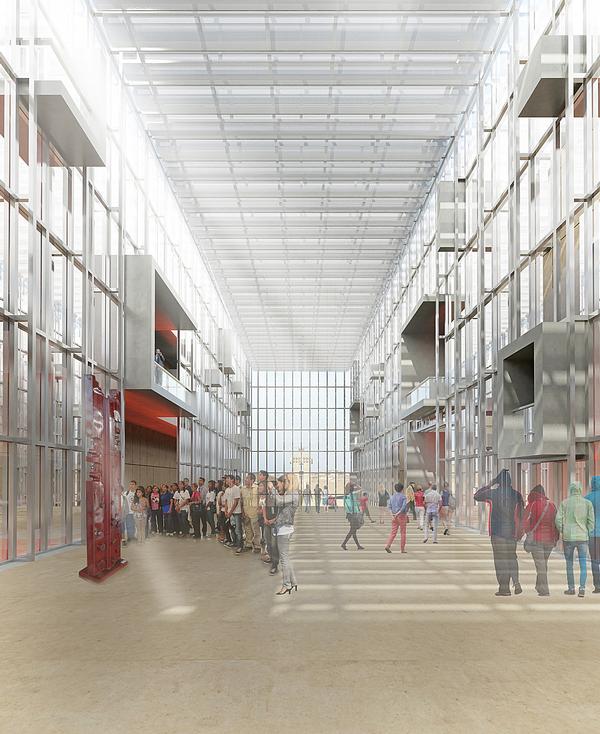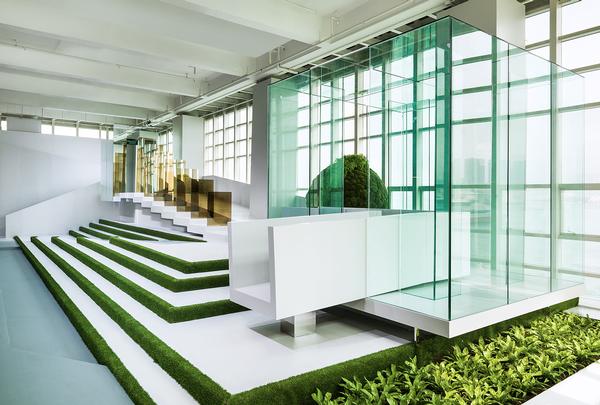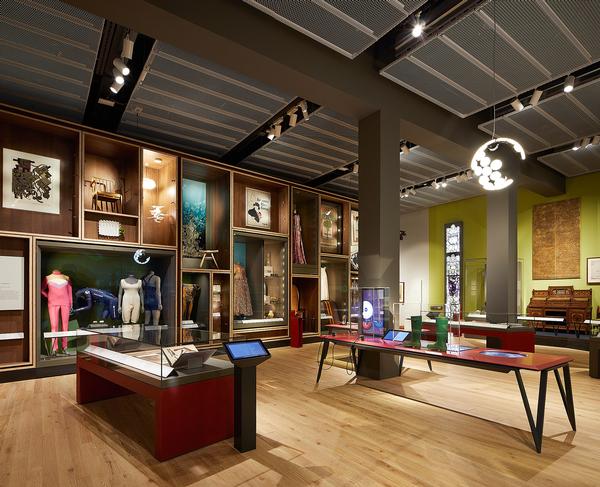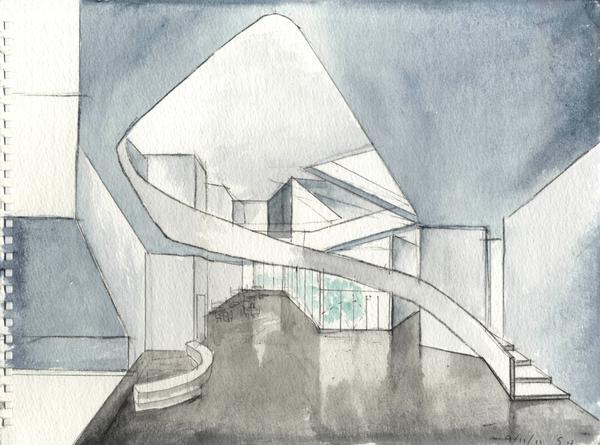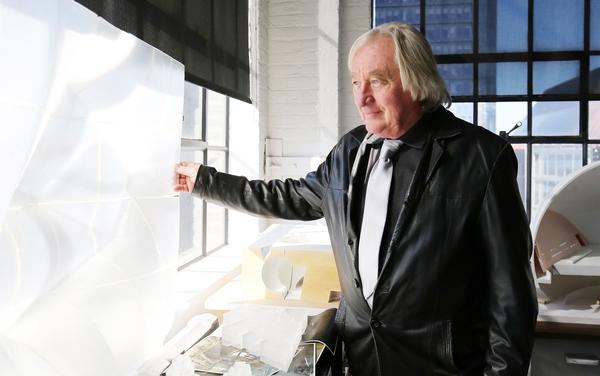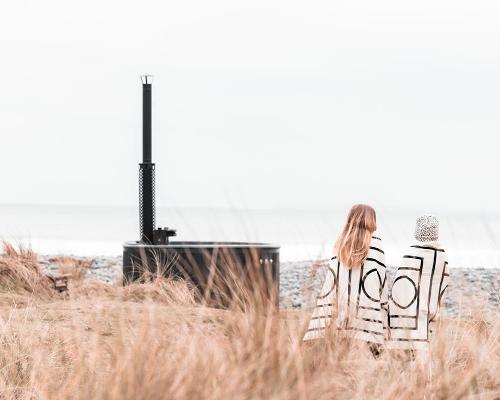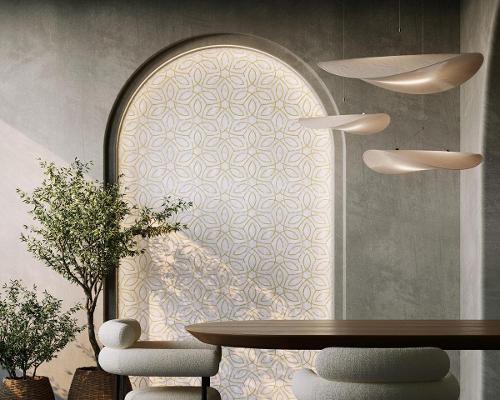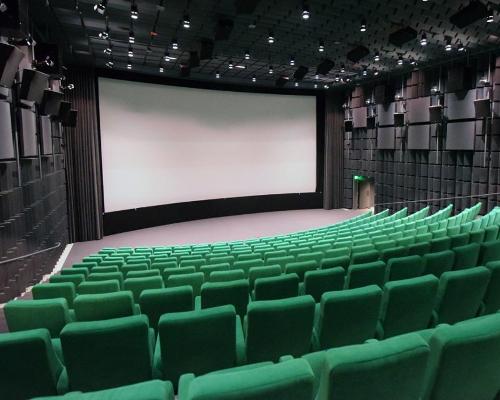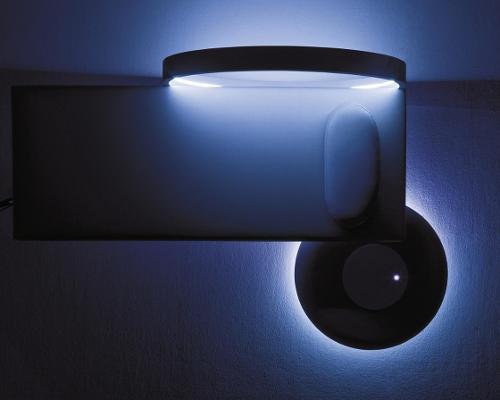‘Stadium of Tomorrow’ could include permanent residential homes, says Populous
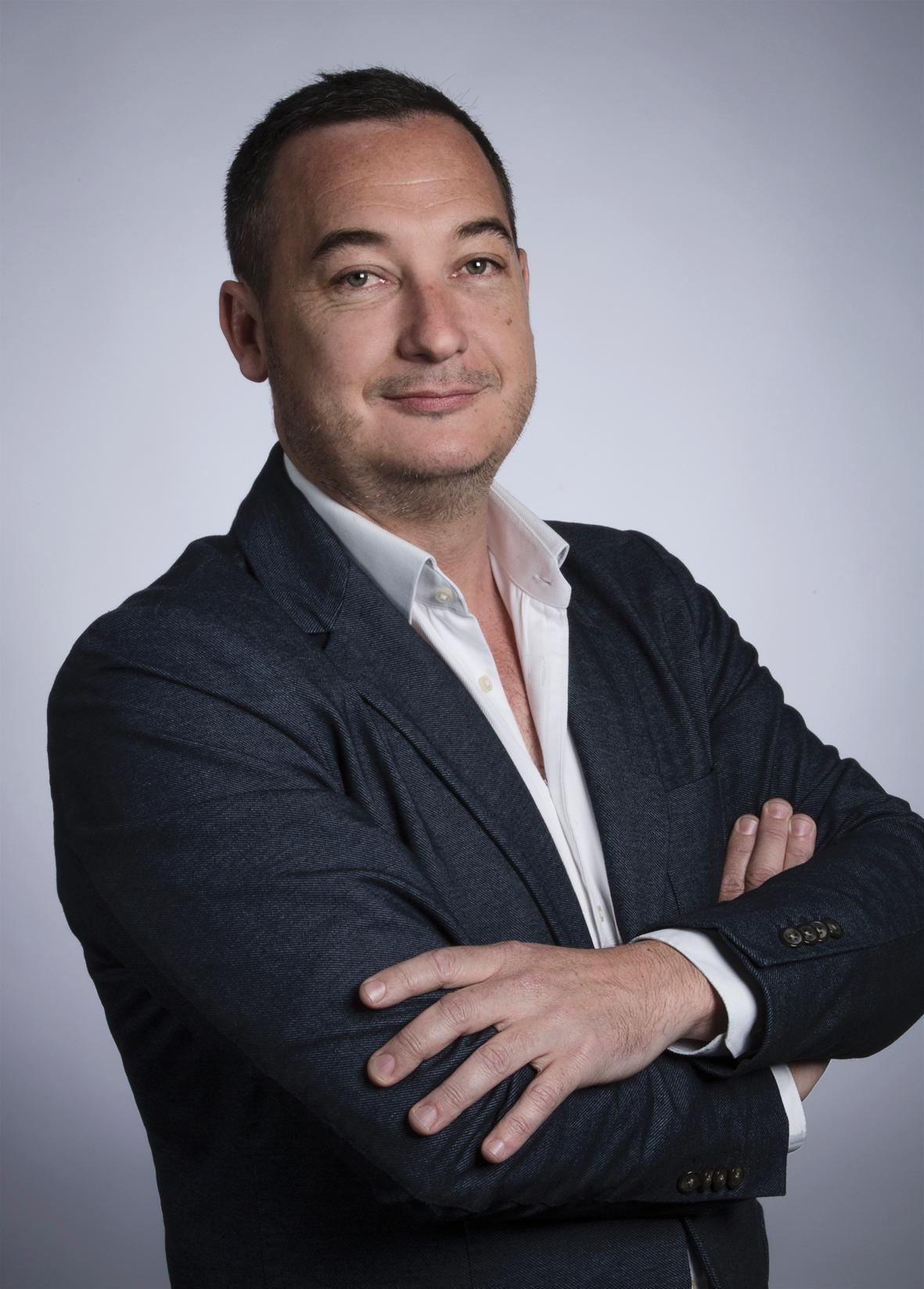
– Christopher Lee
Stadiums of the future may include permanent residential facilities and places of work if they adopt an innovative, community-focused vision put forward by Populous.
The architectural practice behind the Olympic Stadiums in Sydney and London has imagined the ‘Stadium of Tomorrow’ for the July issue of National Geographic magazine.
Part of the vision includes making stadiums “seven days a week, 365 days a year” venues, with residential and office facilities incorporated into them.
Talking to CLADglobal, Populous’ EMEA managing director Christopher Lee said the notion was eminently possible and one of the most “exciting” parts of the firm’s ‘Stadium of Tomorrow’ prospective.
He revealed that Populous was working on a UK-based sports project that included two hotels, a school with playground, an art gallery and a vegetable patch.
“We’re doing a number of stadiums at the moment that are in the early design stage, developing I guess, that we’re referring to as a ‘superblock’.
“The idea is that you can start creating these superblocks in the urban environment, leveraging the infrastructure of the stadium – whether that’s transport, energy creation, data infrastructure – and start plugging bits in and making it work 365 days a year, with people living in them and people working in them,” he said.
Populous recently unveiled a project it is working on with League One football club Southend United, where residential apartments and hotel rooms could be integrated into the stadium roofscape.
Lee said that incorporating all these parts into a stadium allowed clients to “sweat the assets”, particularly when building in locations with high land value.
The vision also puts ideas forward for improving the nature of multi-use stadiums.
According to Lee, multi-sports stadiums built in the mid-20th century were “a compromise for everyone”, but with new technology he said two or more sports coexisting in the same venue was possible without the compromise.
For example, employing an LED surface that could change texture for different sports – astroturf for American football, grass for soccer and wood for basketball – is one solution entertained.
Lee discussed the work he was doing on the soon-to-be-built Tottenham Hotspur stadium, which will be able to accommodate a number of NFL matches. The artificial NFL field has been constructed six feet beneath the natural soccer turf pitch, which slides under the stadium for NFL matches. Both surfaces have been built at the “perfect sightlines” for both sports.
Much of the sustainable practices put forward by the vision – including PVS on the roof, wind turbines and rainwater collection – are already in use in a number of stadiums, but Lee said he expected sustainability to drive projects even more.
To read the full article in National Geographic, click here.
Populous stadiumBeckham's Miami dream team steps closer to reality with stadium land deal
Populous complete new stand at the world's 'home of cricket'
Populous reveal what the future of eSports arenas looks like
FEATURE: CLAD people – Chris Lee, Managing Director, Populous
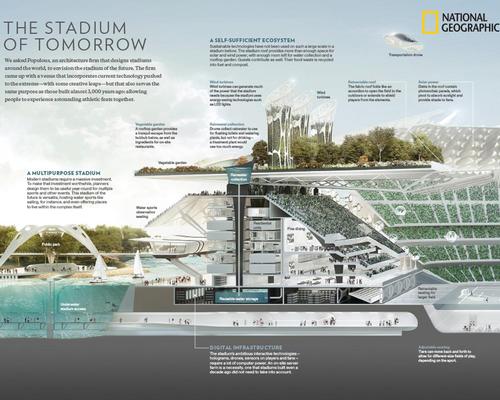

Europe's premier Evian Spa unveiled at Hôtel Royal in France
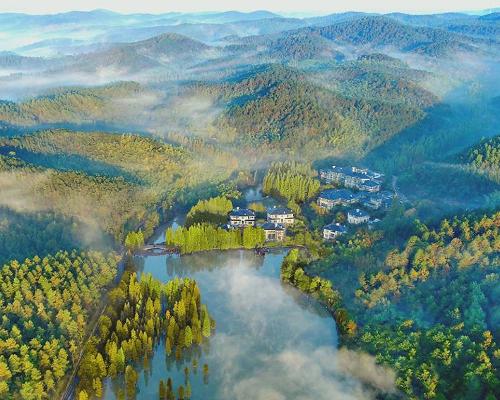
Clinique La Prairie unveils health resort in China after two-year project
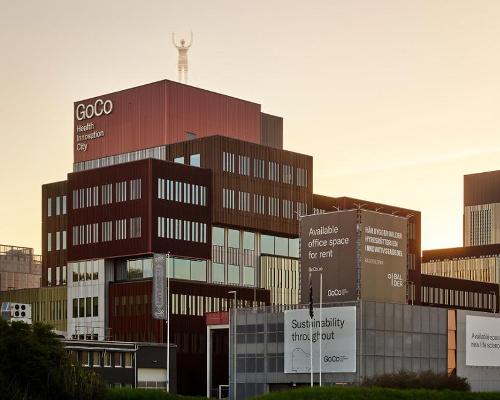
GoCo Health Innovation City in Sweden plans to lead the world in delivering wellness and new science
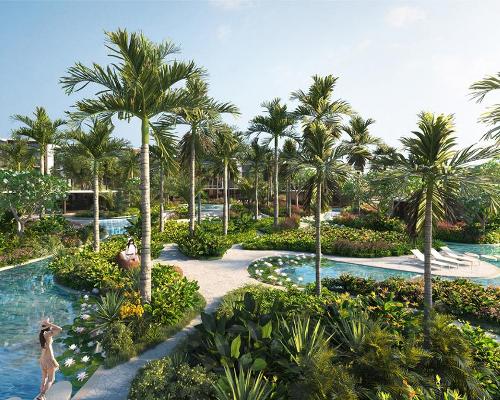
Four Seasons announces luxury wellness resort and residences at Amaala
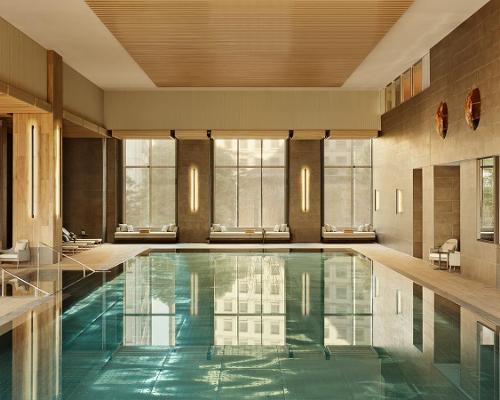
Aman sister brand Janu debuts in Tokyo with four-floor urban wellness retreat
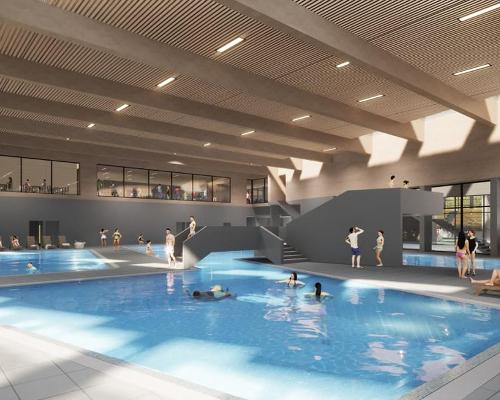
€38m geothermal spa and leisure centre to revitalise Croatian city of Bjelovar
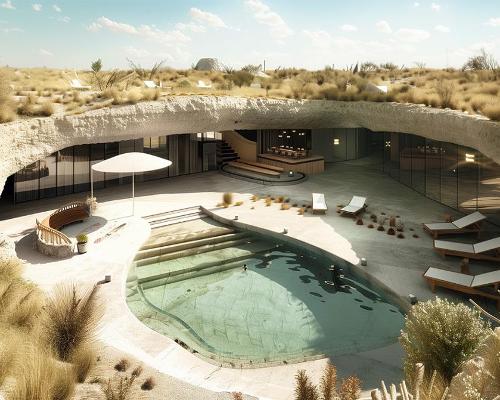
Two Santani eco-friendly wellness resorts coming to Oman, partnered with Omran Group
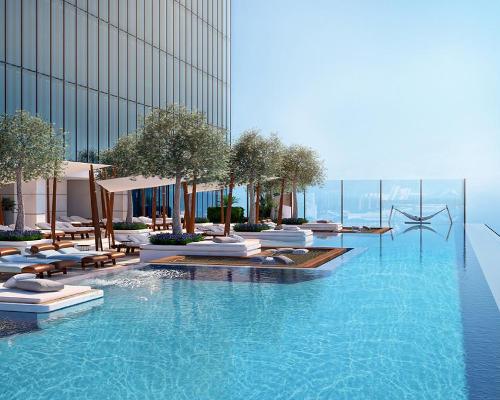
Kerzner shows confidence in its Siro wellness hotel concept, revealing plans to open 100
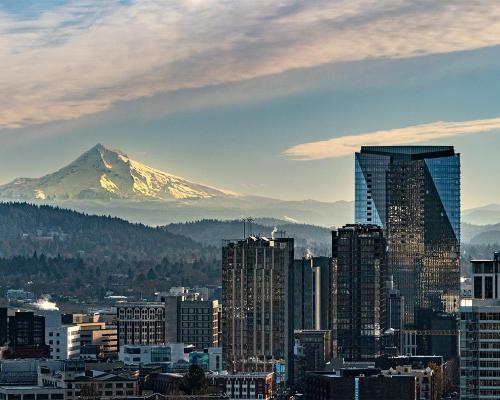
Ritz-Carlton, Portland unveils skyline spa inspired by unfolding petals of a rose
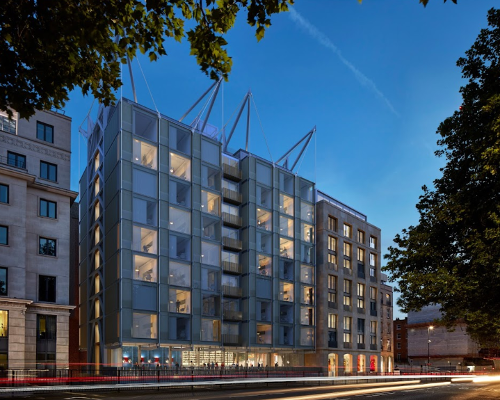
Rogers Stirk Harbour & Partners are just one of the names behind The Emory hotel London and Surrenne private members club

Peninsula Hot Springs unveils AUS$11.7m sister site in Australian outback
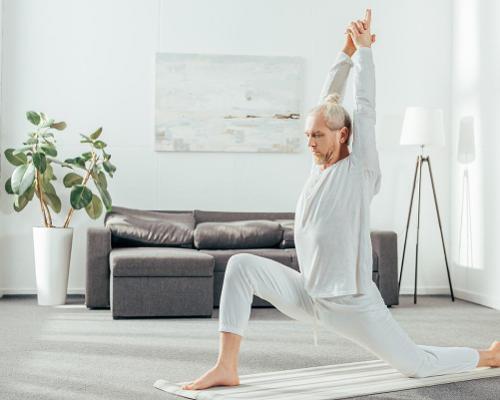
IWBI creates WELL for residential programme to inspire healthy living environments
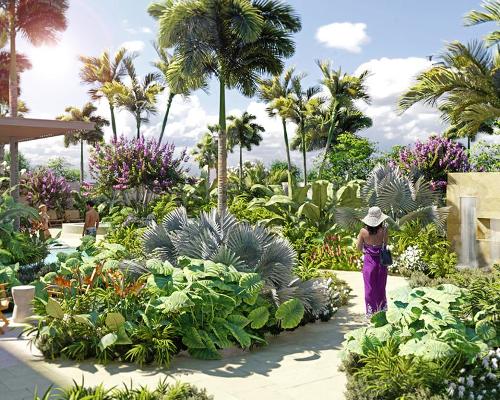
Conrad Orlando unveils water-inspired spa oasis amid billion-dollar Evermore Resort complex
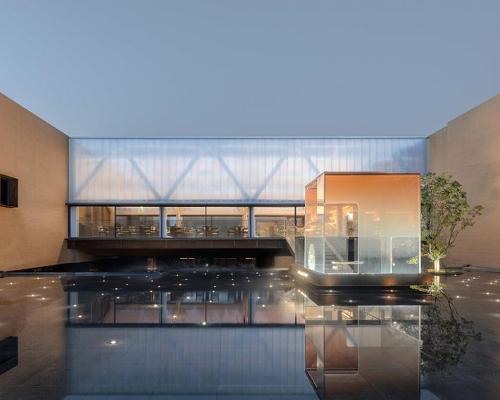
Studio A+ realises striking urban hot springs retreat in China's Shanxi Province
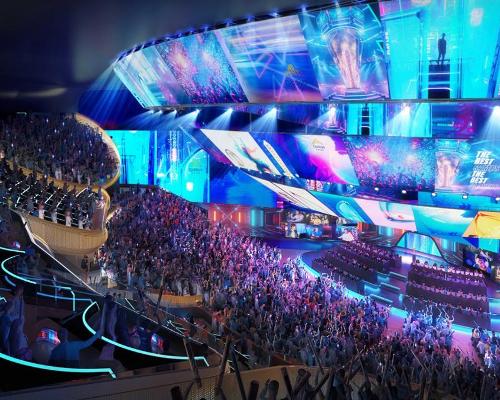
Populous reveals plans for major e-sports arena in Saudi Arabia

Wake The Tiger launches new 1,000sq m expansion
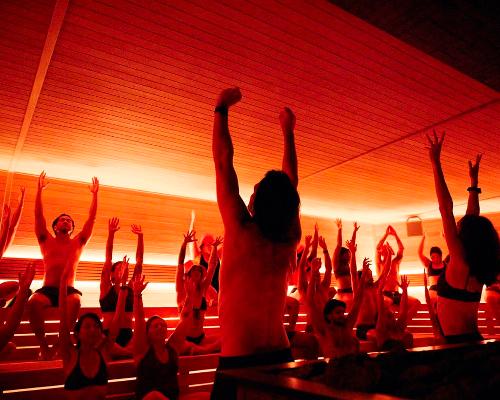
Othership CEO envisions its urban bathhouses in every city in North America
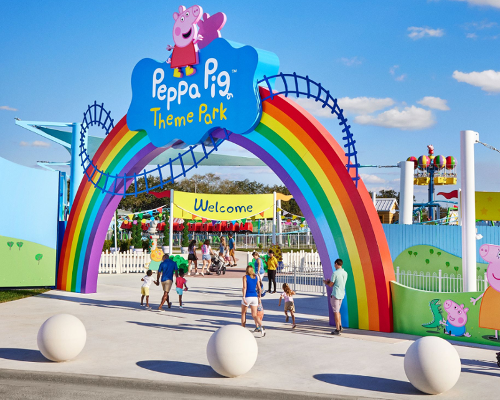
Merlin teams up with Hasbro and Lego to create Peppa Pig experiences
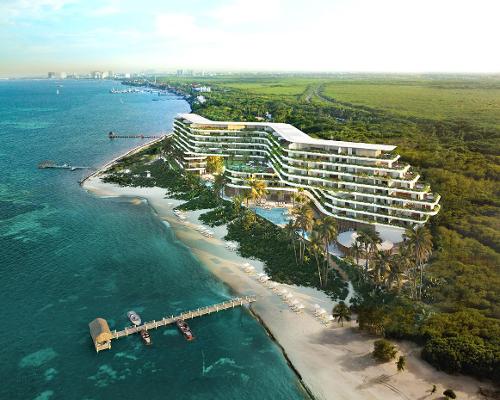
SHA Wellness unveils highly-anticipated Mexico outpost

One&Only One Za’abeel opens in Dubai featuring striking design by Nikken Sekkei
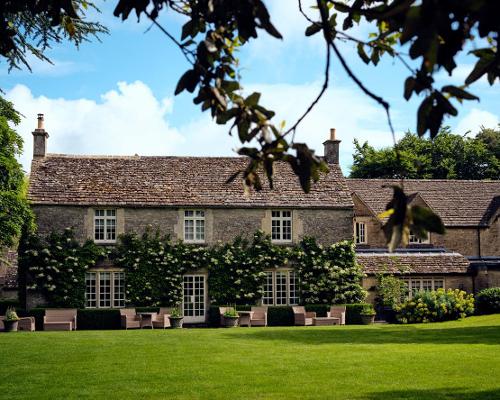
Luxury spa hotel, Calcot Manor, creates new Grain Store health club
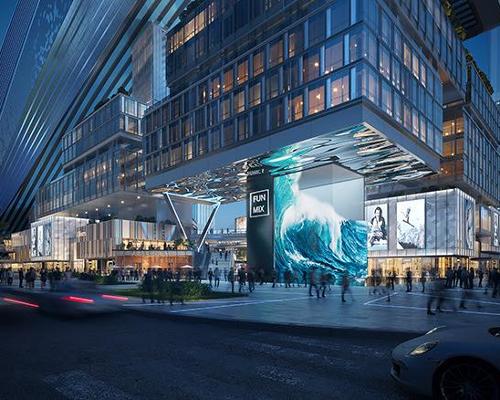
'World's largest' indoor ski centre by 10 Design slated to open in 2025
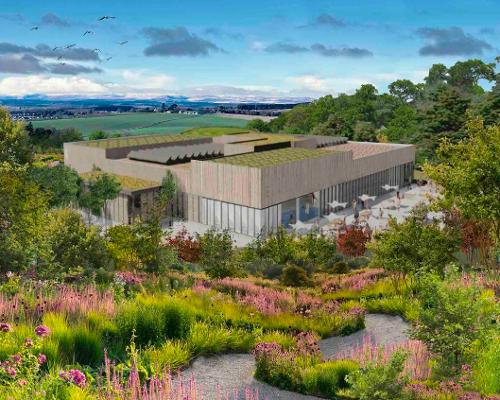
Murrayshall Country Estate awarded planning permission for multi-million-pound spa and leisure centre
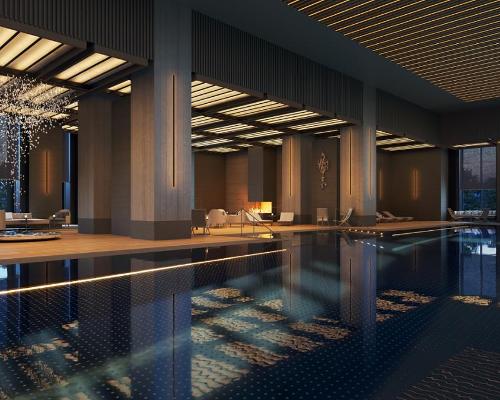
Aman's Janu hotel by Pelli Clarke & Partners will have 4,000sq m of wellness space
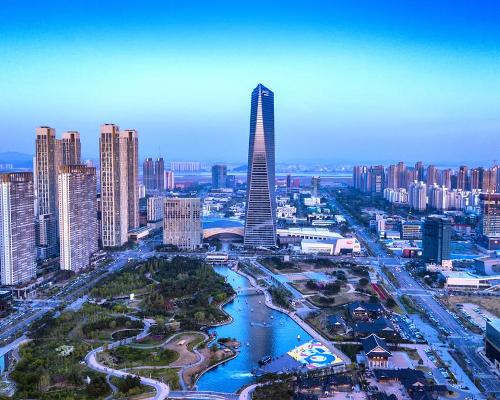
Therme Group confirms Incheon Golden Harbor location for South Korean wellbeing resort
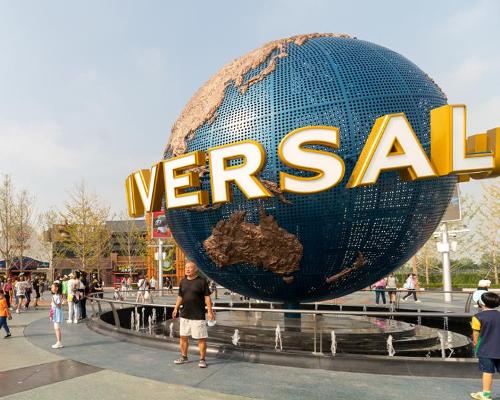
Universal Studios eyes the UK for first European resort
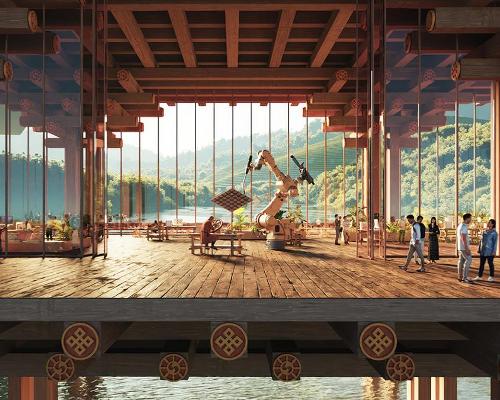
King of Bhutan unveils masterplan for Mindfulness City, designed by BIG, Arup and Cistri

Rural locations are the next frontier for expansion for the health club sector
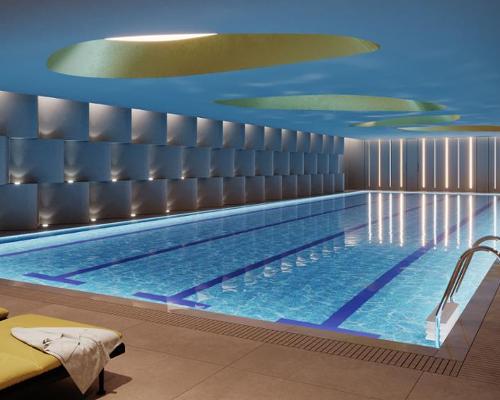
Tonik Associates designs new suburban model for high-end Third Space health and wellness club
